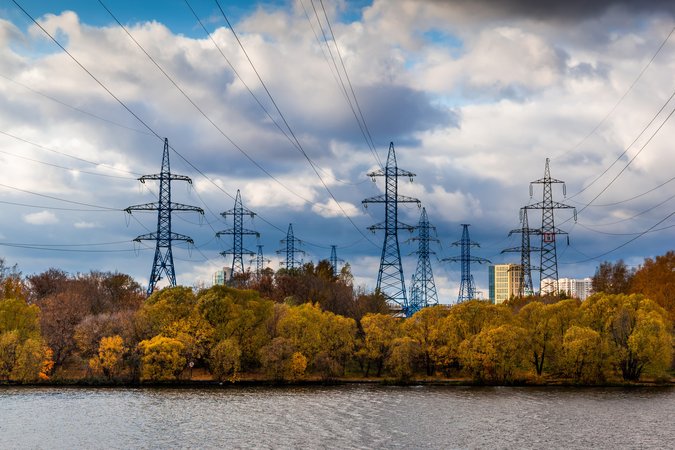Economic Development Policies to Enable Fairness for Workers and Communities in Transition
The first in a report series from Resources for the Future and the Environmental Defense Fund, this report examines economic development policies and programs to help policymakers address economic challenges associated with a shift away from fossil fuels.
Key Findings
- Federal intervention can play a positive role in local economic development, although available data suggests that the benefits so far have been limited. It is unclear whether larger programs would create more widespread benefits.
- Coordination across government agencies and with local stakeholders is a vital part of an economic development program’s success.
- Existing programs can be adjusted to support communities and workers in a just transition context, even if the original program was not designed for that purpose.
- Federal economic development programs are modestly funded. The level of government spending on these programs would likely need to grow considerably to support changing communities.
- Economic development policies will most likely need to be geographically targeted, tailored to local circumstances, and carried out in collaboration with local stakeholders. However, there is a risk that political considerations could steer funds away from the areas that need them most.
Executive Summary
Communities that are heavily dependent on fossil fuel–related economic activity—including the production of coal, oil, and natural gas and the transformation and consumption of these fuels—would experience substantial effects of a societal shift away from such fuels. This report reviews a range of federal economic development policies and programs that may help affected workers and communities thrive in a low-emissions future. Future reports in this series will examine other tools (e.g., workforce development policy, energy and environmental policy, infrastructure policy) that can play a role in supporting affected workers and communities.
Here, we focus on programs and policies that explicitly seek to support local economic development. In particular, we examine programs led by the Appalachian Regional Commission, the Department of Agriculture’s Rural Development, the Department of Interior’s Secure Rural Schools, the Department of Commerce’s Economic Development Administration, the Department of Defense’s Office of Economic Adjustment, and the Small Business Administration, plus emerging efforts in Colorado and New Mexico.
For ease of analysis, we group economic development programs into two broad categories: those that target local or regional economies historically driven by natural resource development (e.g., coal, agriculture, timber) and programs with a broader geographic and/or economic scope.
We identify three major mechanisms through which the federal government delivers support:
- Capacity building involves programs that provide technical assistance, planning, or research to support local economic development efforts. Such programs can be effective tools to reduce knowledge gaps and increase human capital and productivity. In a concise summary, Wharton (1958) describes this approach as “helping people help themselves.”
- Financial support to public and community organizations helps public or quasi-public organizations deliver local economic development programming. This support may be direct (e.g., grants or loans) or indirect (e.g., loan guarantees) and can enhance the human and physical capital stock (including infrastructure) in a community.
- Financial support to private, for-profit firms may similarly be direct or indirect; the federal government may also offer tax credits, which are not applicable to public entities because they do not pay taxes. These programs are often intended to support small businesses that may struggle to access affordable borrowing, or to jump-start local businesses in sectors that policymakers believe hold promise for future prosperity.







